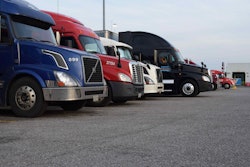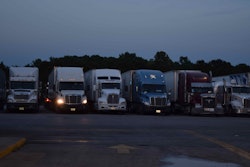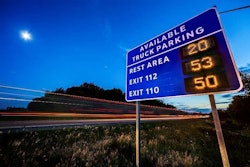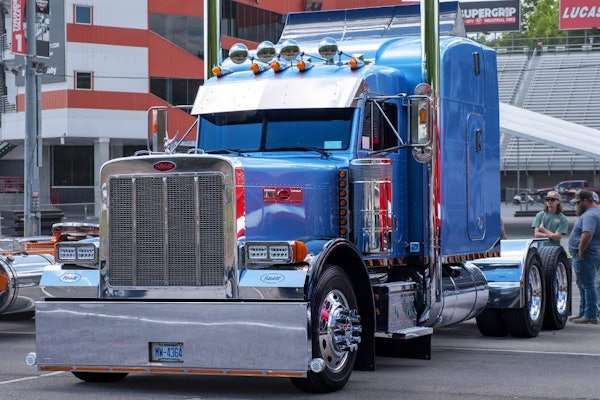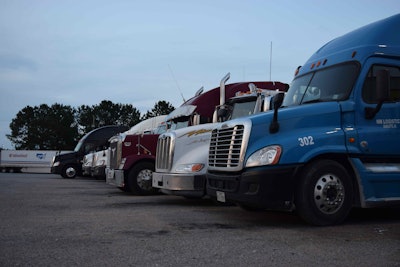
Trucking industry stakeholders gathered July 12 in Hanover, Md., to discuss truck parking and what can be done to alleviate the shortage of parking around the country.
The National Coalition on Truck Parking, formed by the Federal Highway Administration and comprised of the Owner-Operator Independent Drivers Association (OOIDA), the National Association of Truck Stop Operators (NATSO), American Trucking Associations and more, held its second of four scheduled meetings at the Department of Transportation headquarters.
OOIDA Director of Regulatory Affairs Scott Grenerth said approximately 50 people attended the meeting and “shared every possible perspective of the five main focus areas” for the coalition. Those areas of focus are parking capacity expansion, funding and finance, technology and data, coordination with regional and local governments, and creative solutions.
With parking capacity expansion, Grenerth said looking at industrial parks and other non-traditional parking locations is key to helping solve the problem.
“We’re not going to have a million truck stops pop up overnight, and the states don’t have the money to open a bunch of new rest areas, so where can we go from that traditional model?” Grenerth said. “If you look at industrial parks, it’s where trucks need to be anyway in a lot of cases, so is there any way to to encourage metropolitan planning organizations or local governments to create parking? Tax incentives might be an option. A big part of the focus is trying to find ways to [get more parking].”

NATSO said truck stops and travel plazas are “a critical part of America’s transportation network” that provide “hundreds of thousands of parking spaces” for truck drivers, and that “any proposal that makes the business environment more difficult for NATSO members would be counter-productive.”
The organization added that its members are often some of the largest property taxpayers in a given area, so “proposals to commercialize rest areas would threaten this tax base and could reduce truck parking spaces.” According to NATSO, DOT officials said they’re looking for ideas for truck parking that fit within the existing federal prohibition against commercial rest areas.
Grenerth said one thing he suggested was to have a truck stop come into a large industrial park and operate a parking area.
“It needs to be a cooperative model,” Grenerth said. “For example, if you have 10 shippers and receivers in an industrial park, have each one pitch in ‘X’ number of dollars, offer them some kind of tax credit or incentive, and put in some gravel, a restroom facility and lighting for security, and you’ve got parking.”
NATSO recently announced a technology initiative it’s taking part in with the Park My Truck mobile app for smartphones. The app will allow any parking provider – public or private – to report their parking availability. Grenerth said that technology is important for truck parking to help not waste parking spaces, but added that new spaces will need to be added as well.
In coming up with new approaches and solutions, Grenerth said he recently learned about a partnership between a shipper/receiver in Pennsylvania (Unilever) and a trucking company, Kriska. He said the companies started a pilot program at Unilever’s facility in which it created two parking spaces for Kriska’s drivers. It has now expanded those two spaces to six spaces.
“It’s been a phenomenal success for everyone involved,” Grenerth said. “By providing these parking spaces, Unilever knows it is getting its product shipped reliably and receiving products reliably. The drivers aren’t wasting their time looking for parking somewhere. We need to expand opportunities like this to fix our parking problem.”
Additionally, Grenerth said OOIDA is looking for more examples like the Unilever/Kriska partnership of innovative parking solutions. He said drivers that are aware of these types of partnerships, or municipalities providing truck parking, can email them to [email protected] for use at the coalition’s next meeting, which will be held Thursday, Aug. 25 from 8 a.m. to noon at the Great American Trucking Show in Dallas.
The National Coalition on Truck Parking was formed following the release of the Jason’s Law Truck Parking Survey put in motion by the MAP-21 highway bill.




